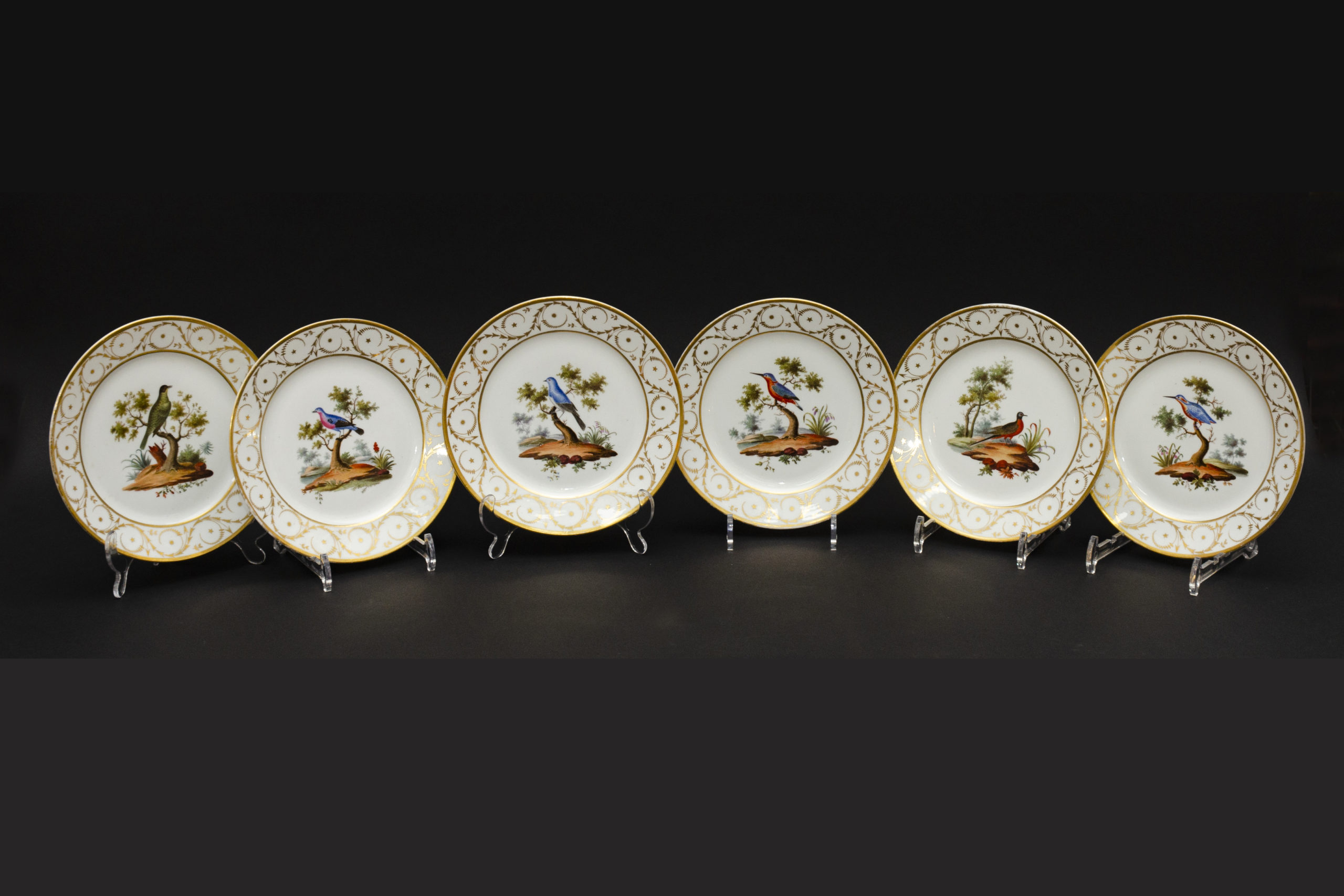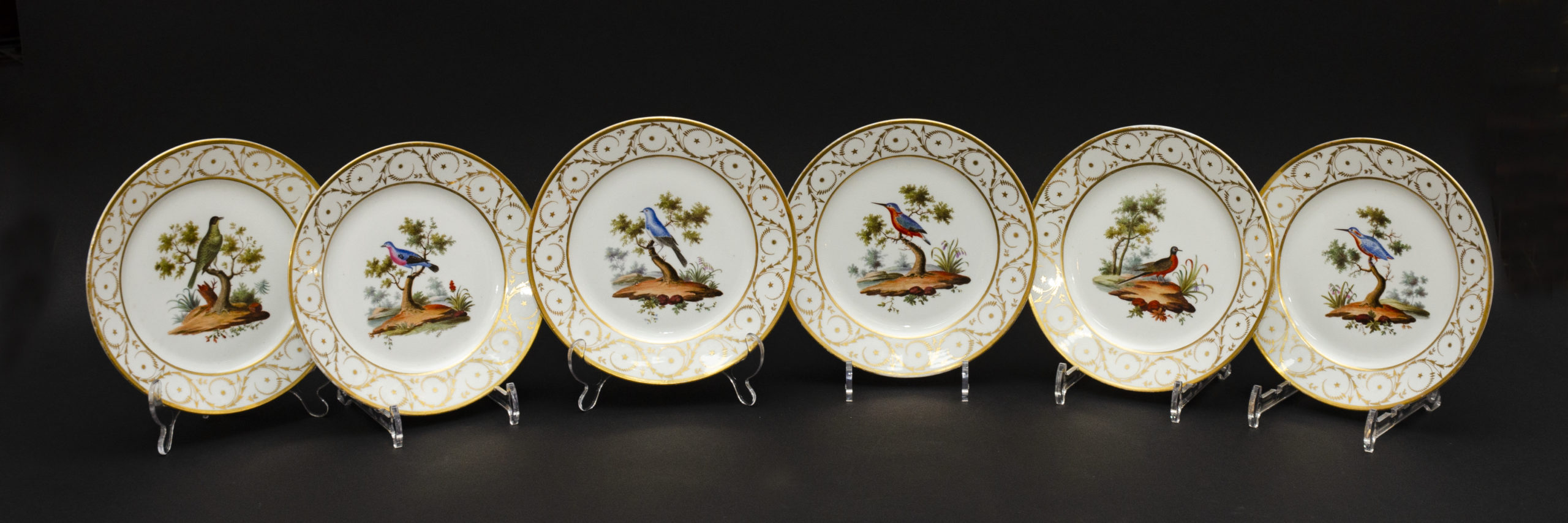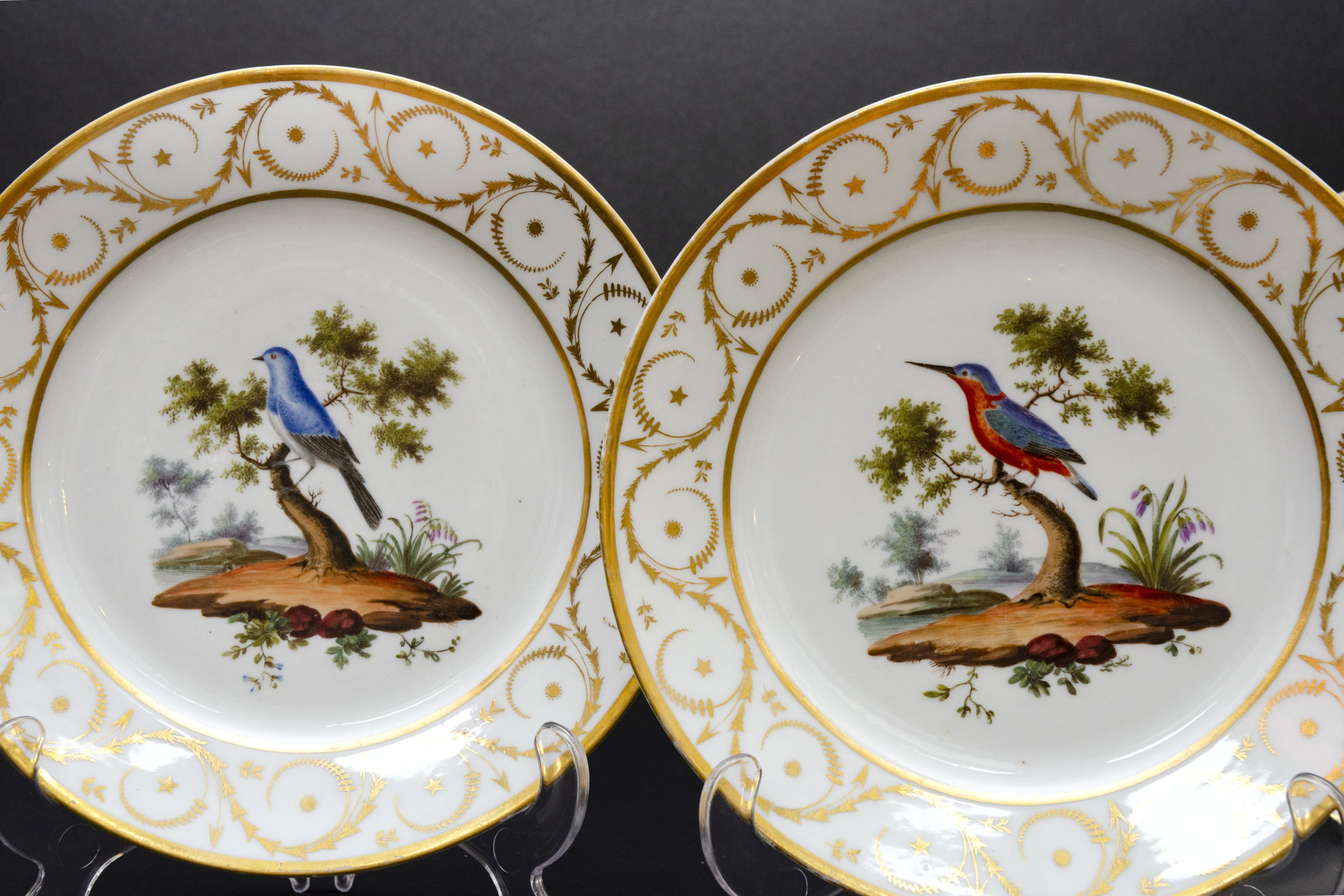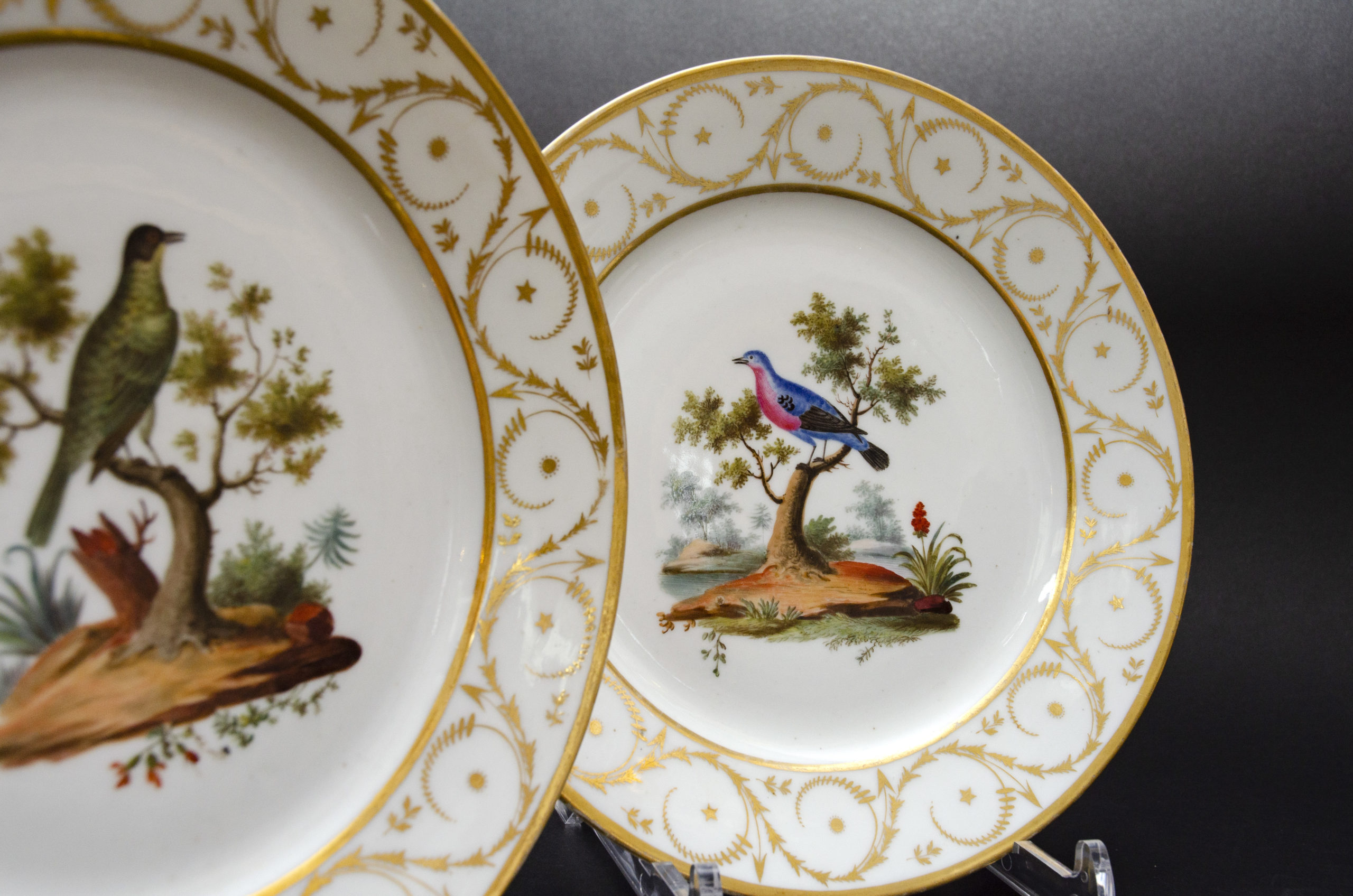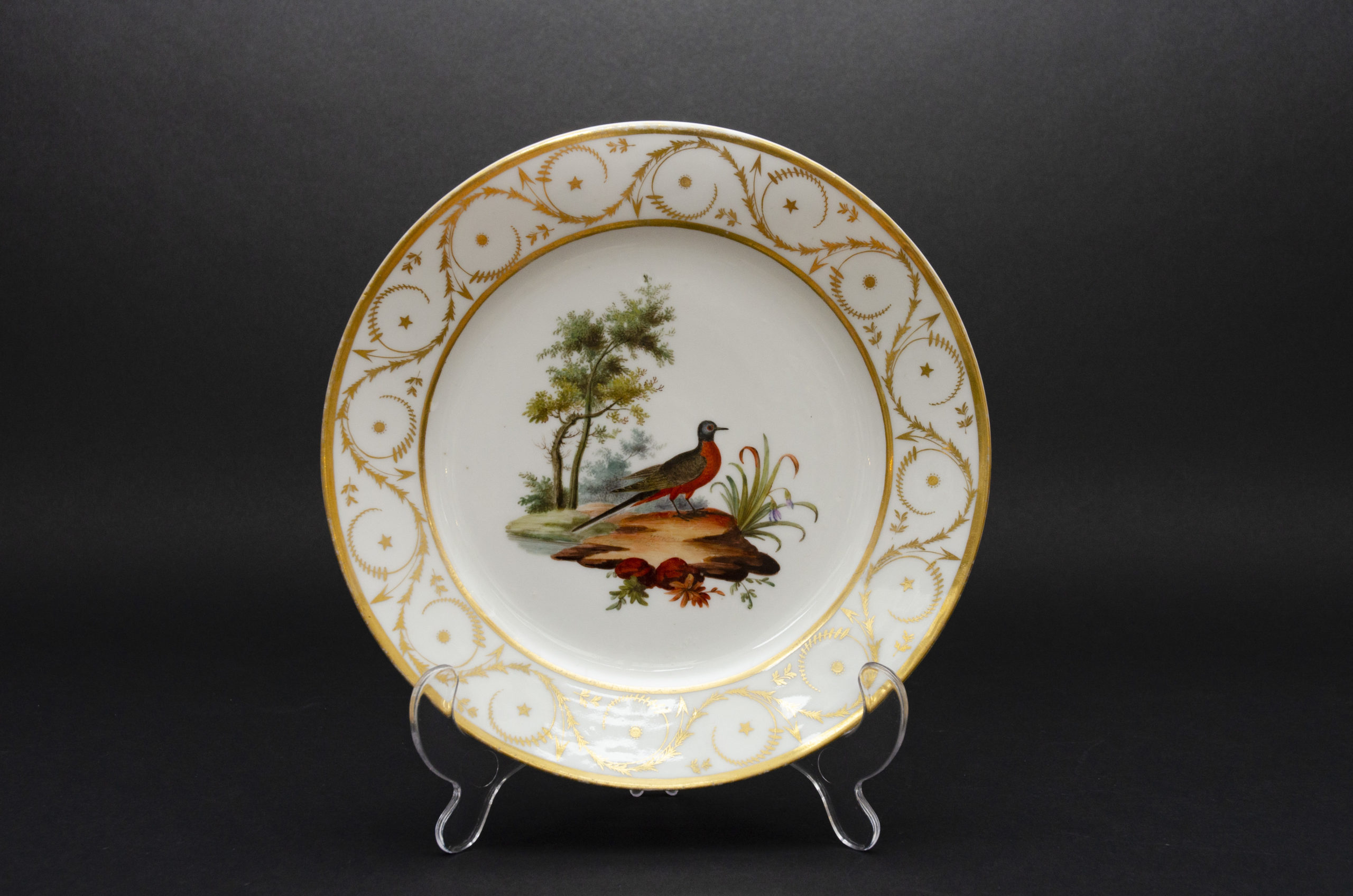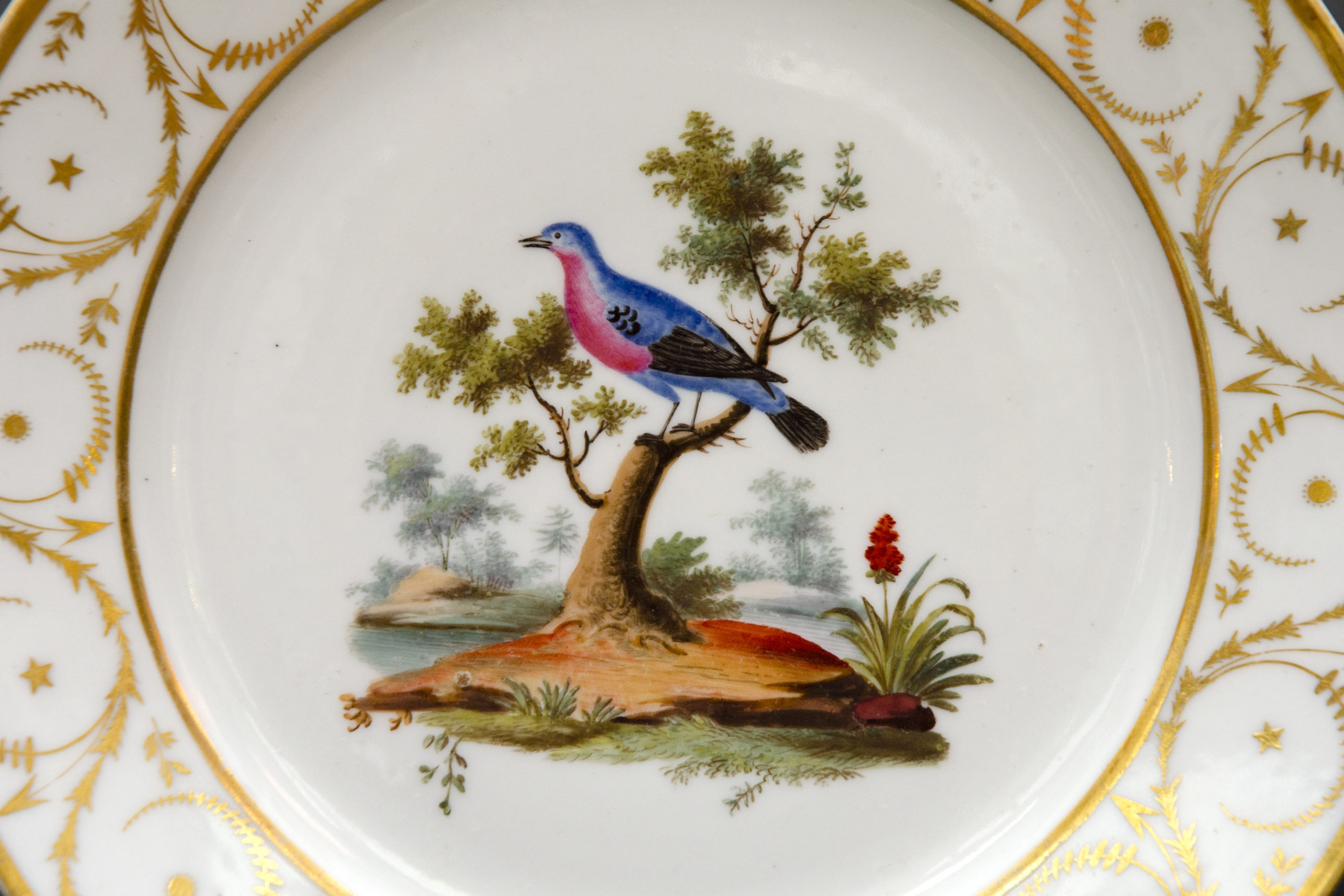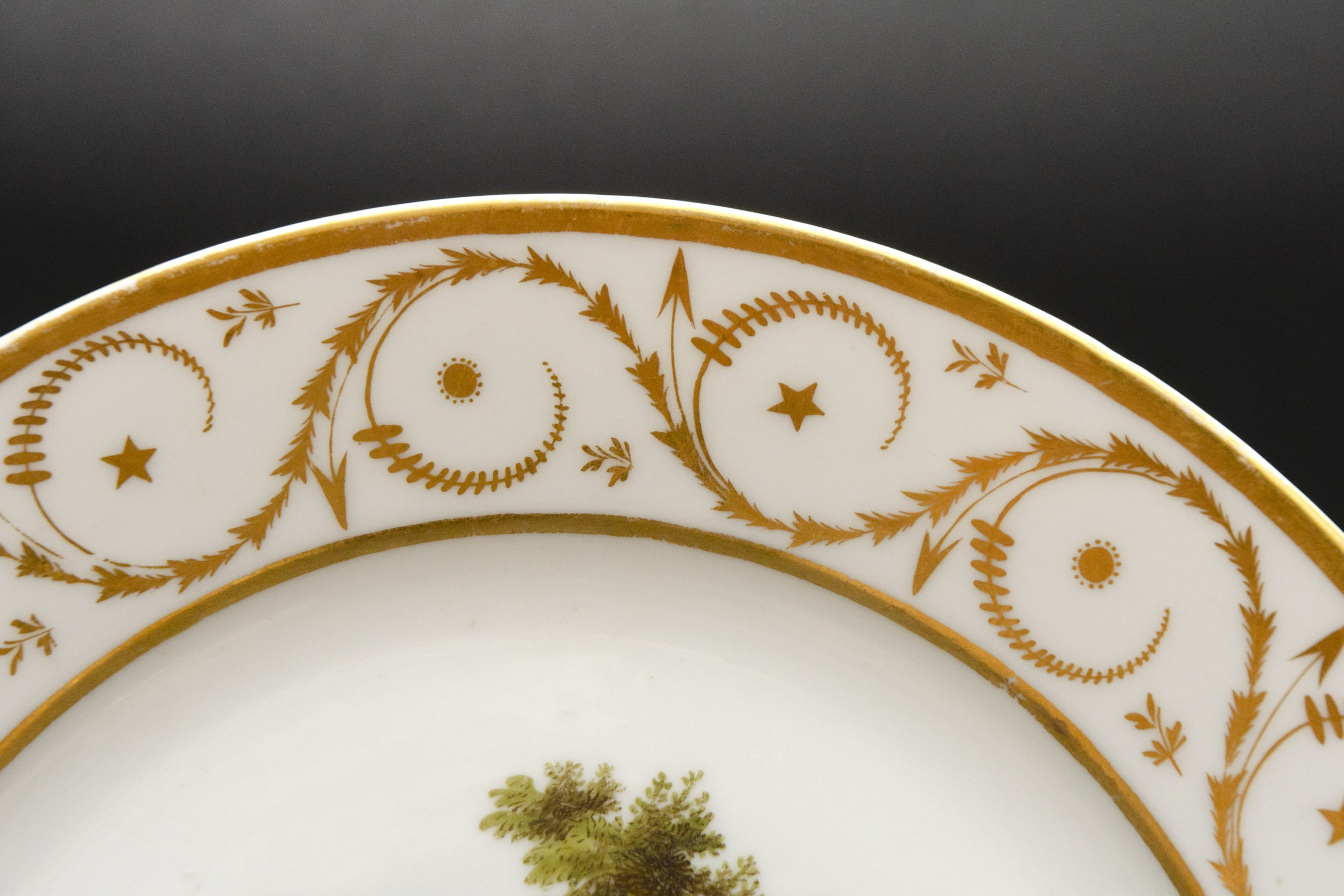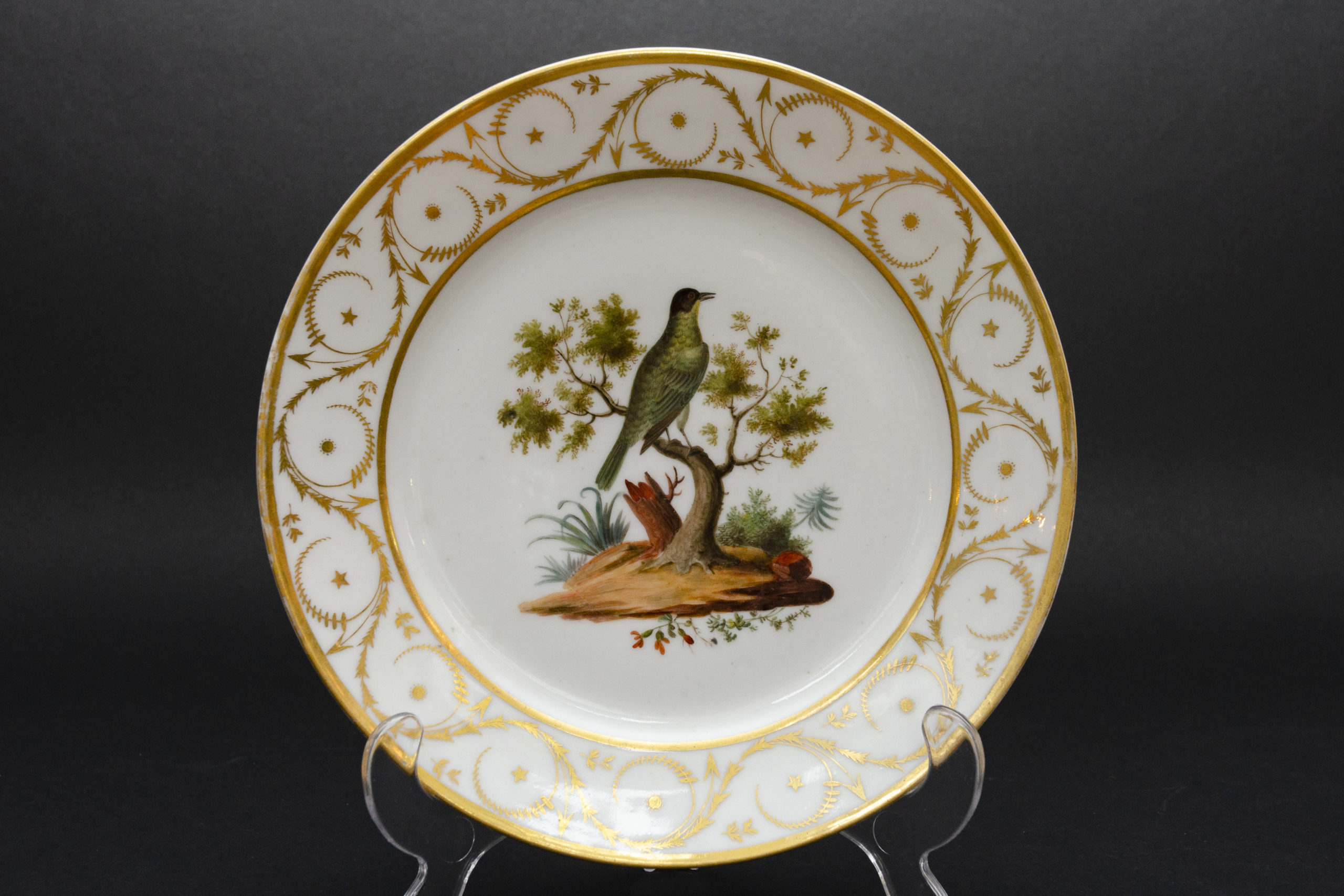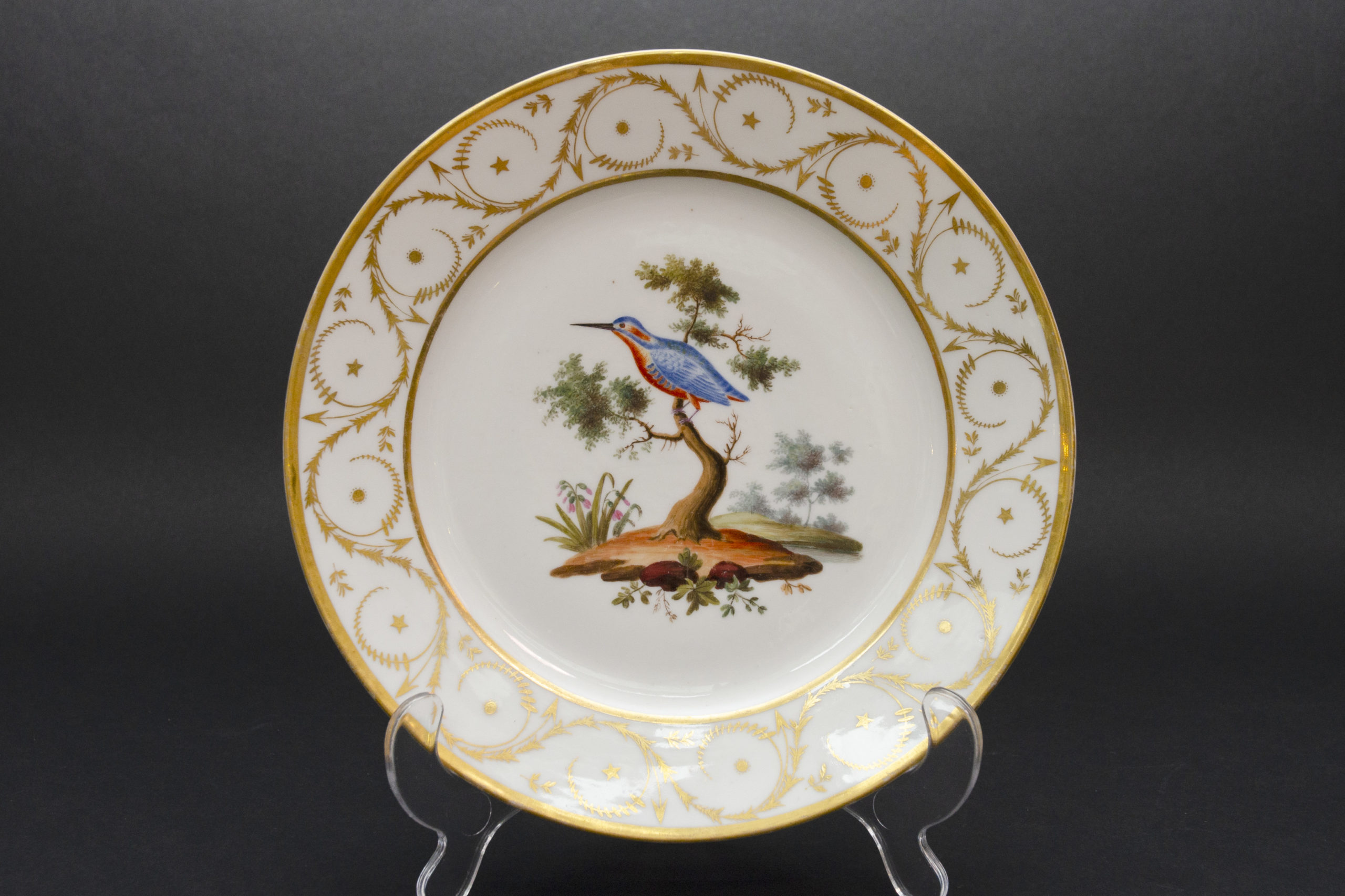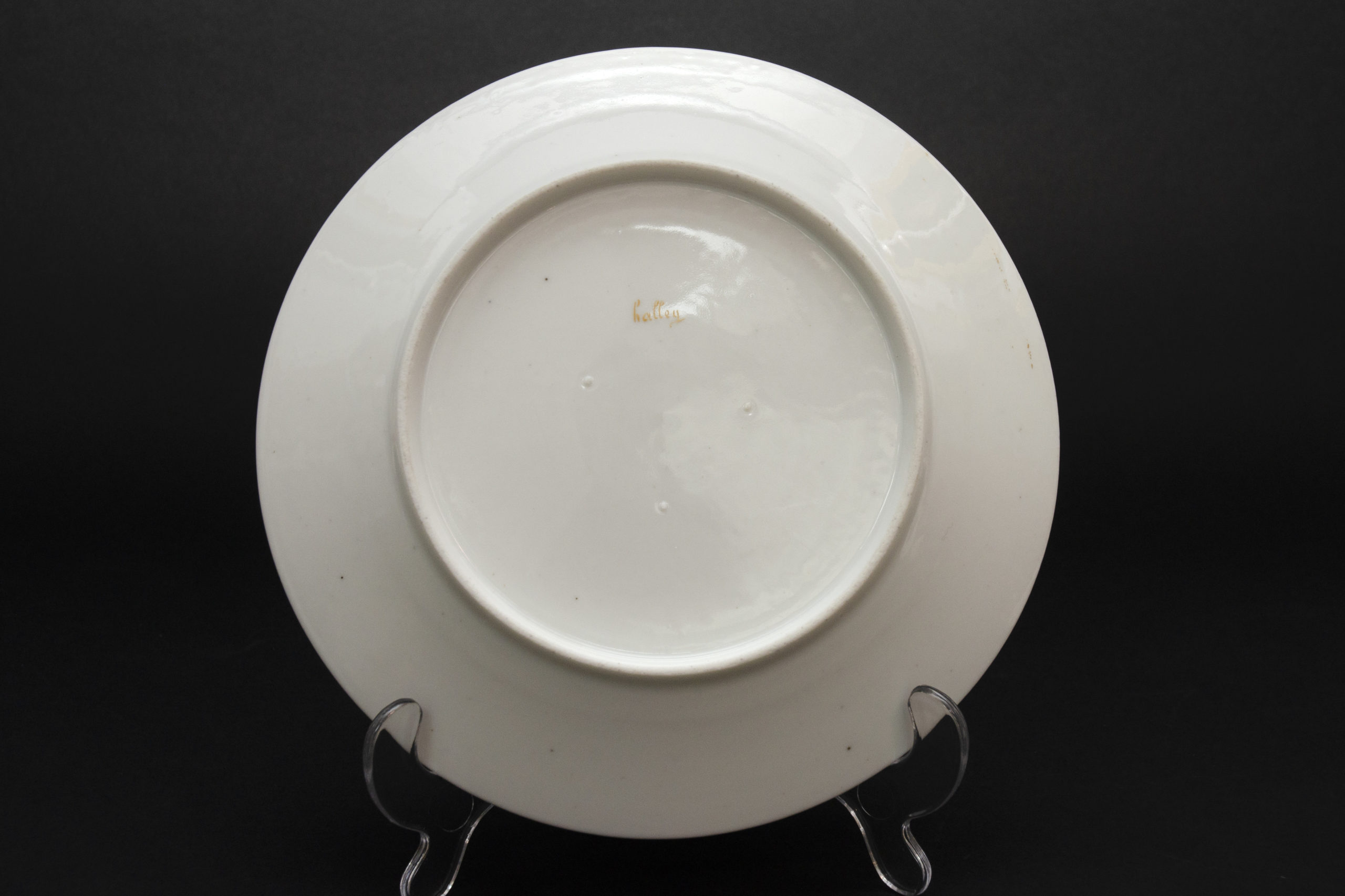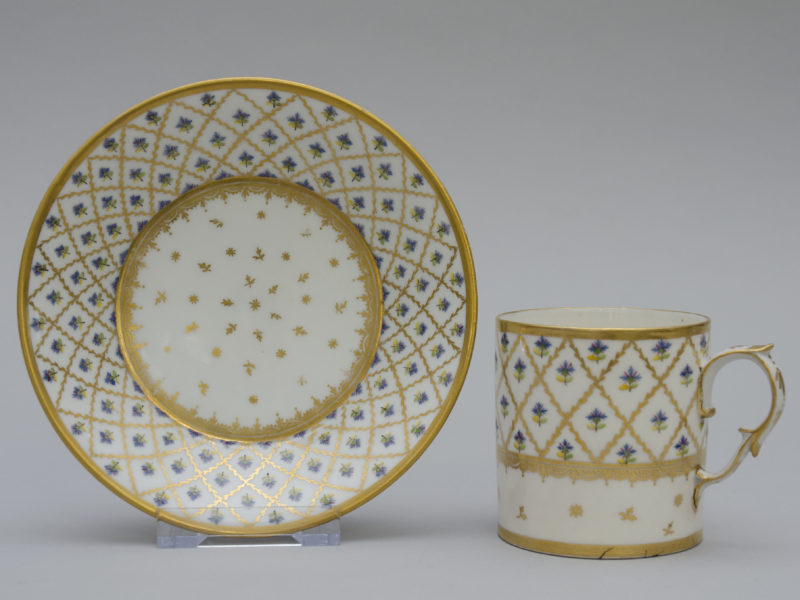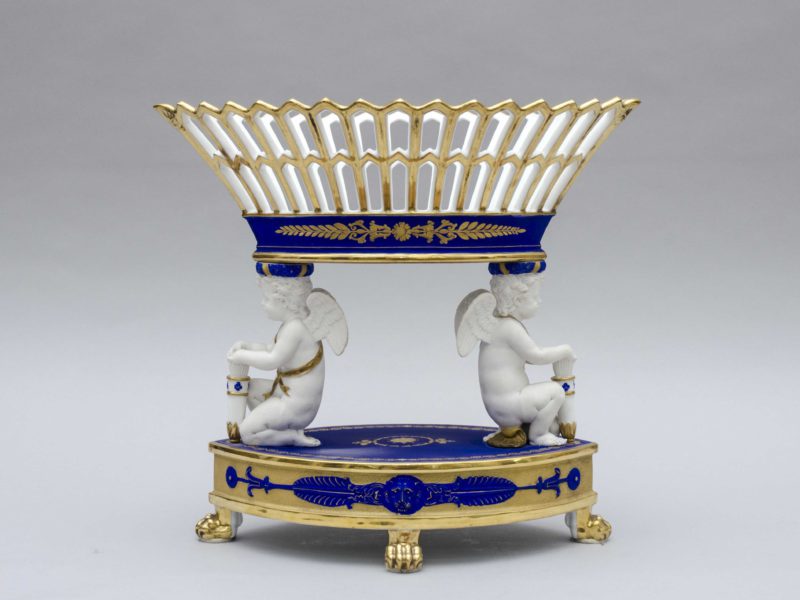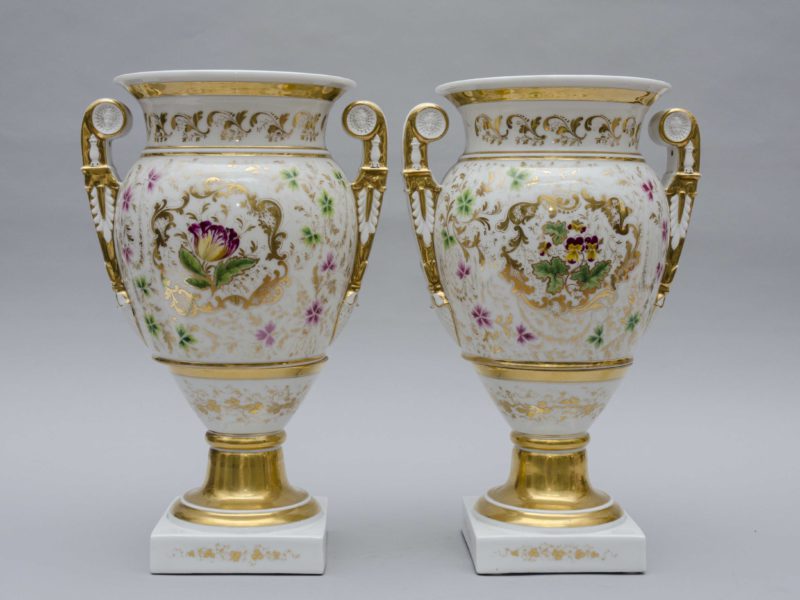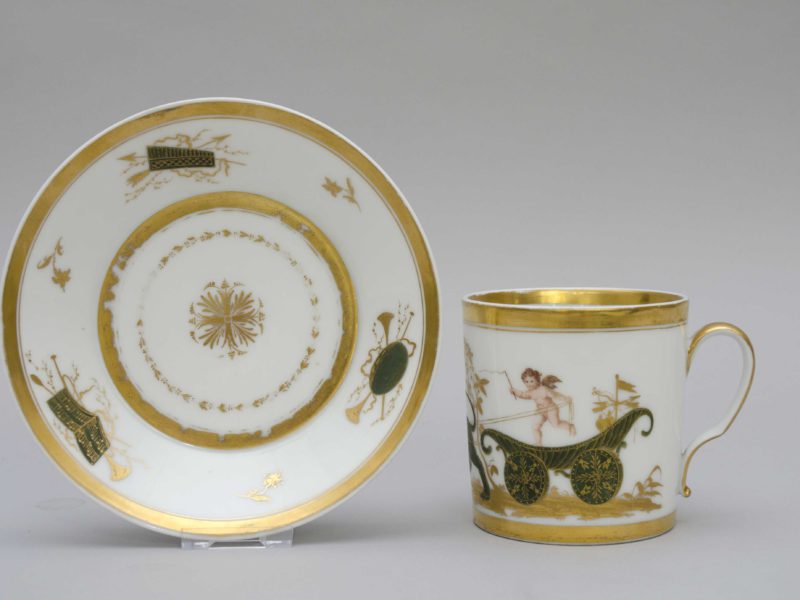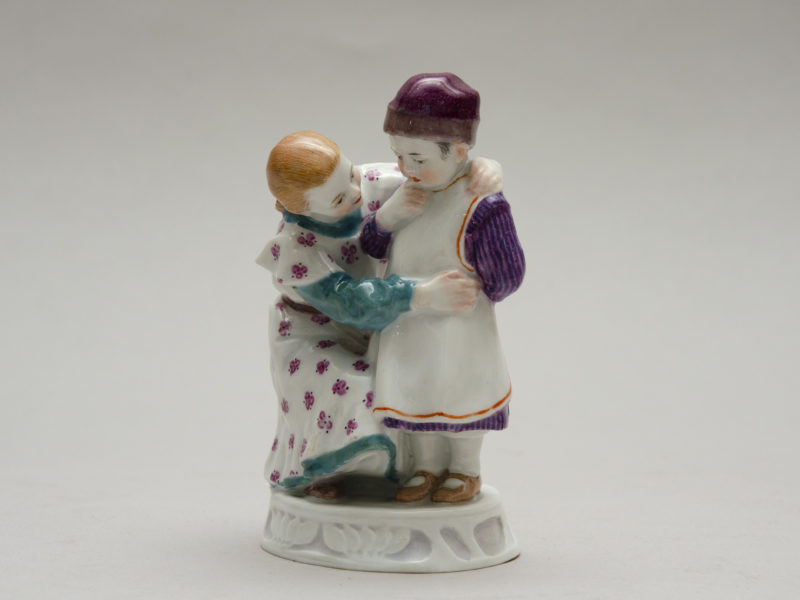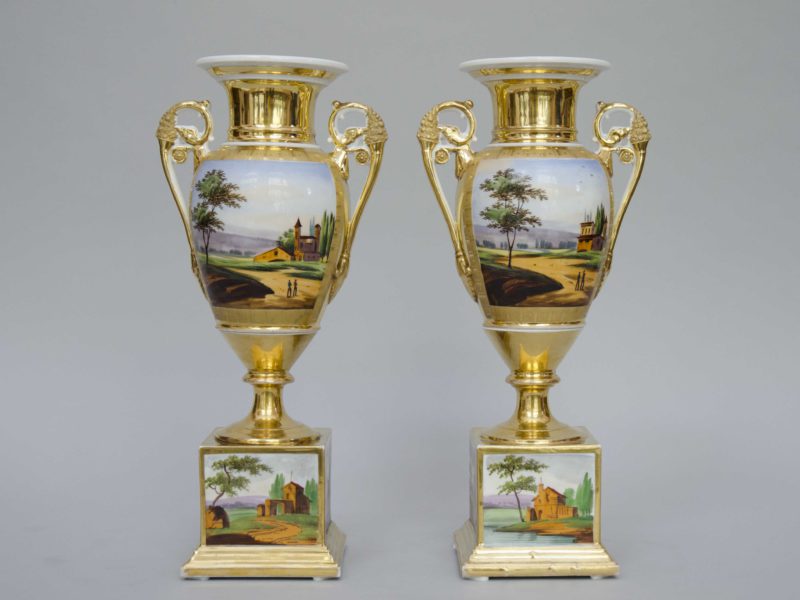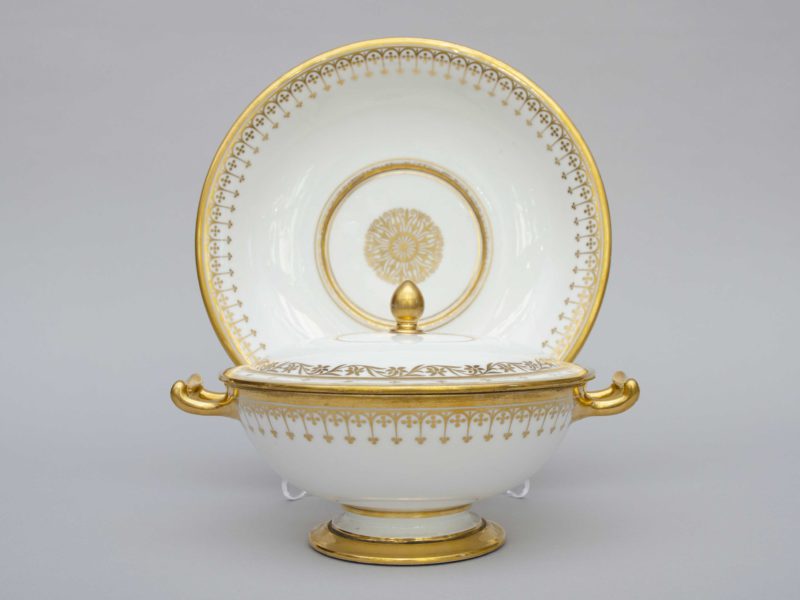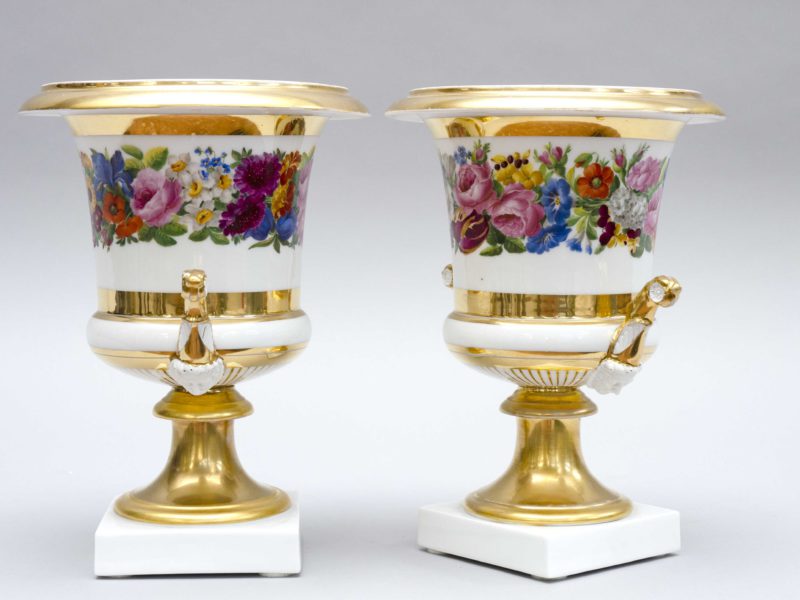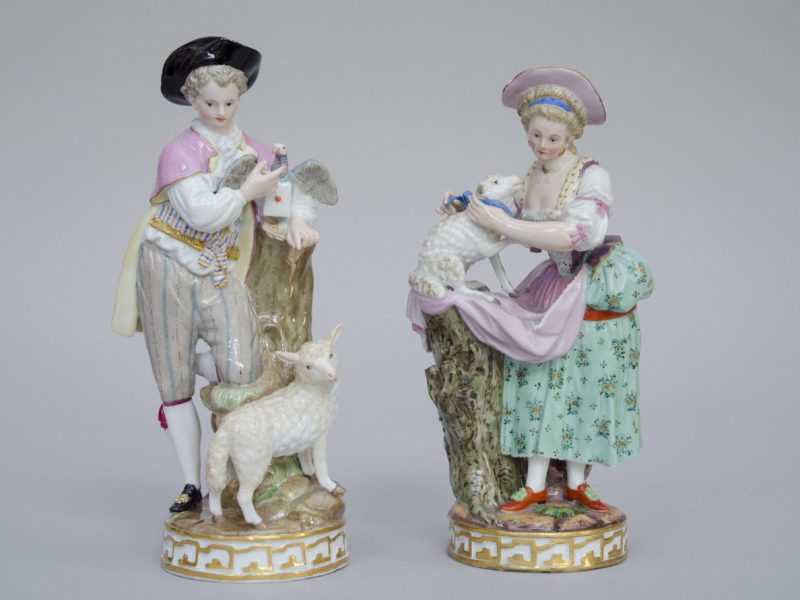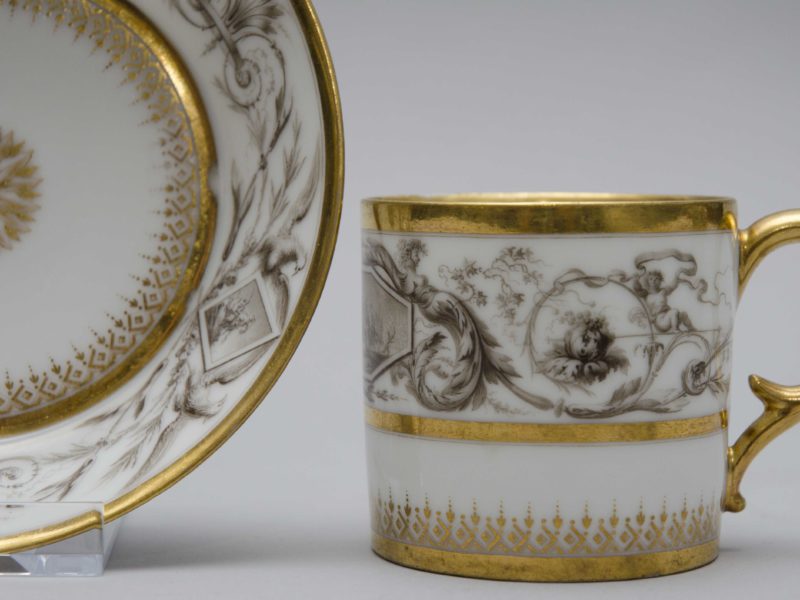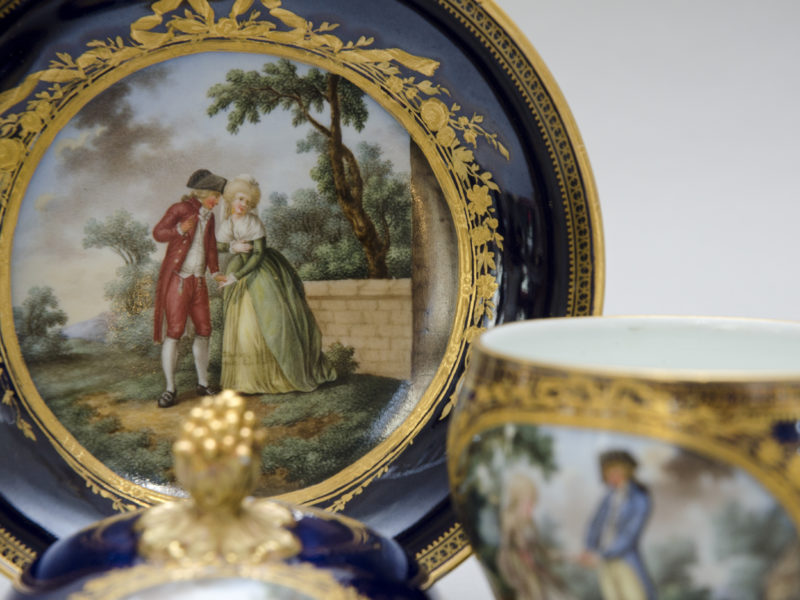
Set of six plates with “Buffon” birds, Charles Halley in Paris
3.200€
In stock
Beautiful ensemble of six plates decorated with hand painted birds in a natural decor after Buffon’s Natural history encyclopedia. Gold ornaments on the edges of the plates. Signed on the back of each plate. Rare set, in good condition.
Size: diameter 22 cm
Marked for the workshop of Charles Halley in Paris.
Lit: Charles Halley began his career as an earthenware maker in the rue Montmartre in Paris around 1780 and is mentioned in almanacs from 1793. In 1803 he is mentioned in a notarial deed as a faience maker and porcelain merchant. His factory decorated porcelain whites from the factories of Locré, Nast and Deuster. In 1811, Charles Halley united his daughter with the son Lebon, a crystal, earthenware and porcelain merchant, uniting the two businesses to create the Halley Lebon brand, which was in use from that time on.
During the Restoration, Halley Lebon was placed under the protection of the Comte d’Artois, the future Charles X and patentee of Monsieur, brother of the King.
Halley’s porcelains stand for high quality decoration with bright colours and beautiful gilding. His themes are in line with the fashionable subjects of the Empire period.
lit: The Count of Buffon, Georges-Louis Leclerc, is a French naturalist, biologist, mathematician, and writer (Montbard 1707-Paris 1788). Buffon’s work is of exceptional importance for its diversity, richness, originality, and influence. His monumental “Histoire naturelle” was, during his lifetime but also after his death, a powerful vehicle for the dissemination of scientific knowledge.
The first volume of the “Histoire naturelle générale et particulière”peared in 1749. It would be composed by 44 volumes (36 during his lifetime, 8 after his death), the last of which was published in 1804, long after Buffon’s death. Accompanying the encyclopaedic movement of the Enlightenment, it is an unprecedented monument, and moreover without successor, in terms of scientific popularisation.
Histoire naturelle covers all subjects: the origin of the solar system (due, according to Buffon, to the impact of a comet), the formation of the Earth, fossilisation, ancient faunas and flora, cautious allusions to the possible evolution of the living world, five volumes on minerals, and above all the detailed description of man, mammals and birds, followed by reptiles and fish.
The success of the work was immediately immense. Before Buffon, no one in France, outside of specialist circles, was interested in natural history: only mathematics and electrostatics excited the enlightened public.
The book, which is accessible to the general public, gives pride of place to illustrations: nearly 2000 plates are collected, particularly for the zoology section. Most of the illustrations were produced by Jacques de Sève (collection of quadruped animals) and François Martinet (natural history of birds), and they describe the anatomy of the animals with precision, sometimes in fantastic settings.
Buffon’s volumes were read in all circles at least until 1900. (source: the Larousse encyclopaedia)
In stock
Contact us